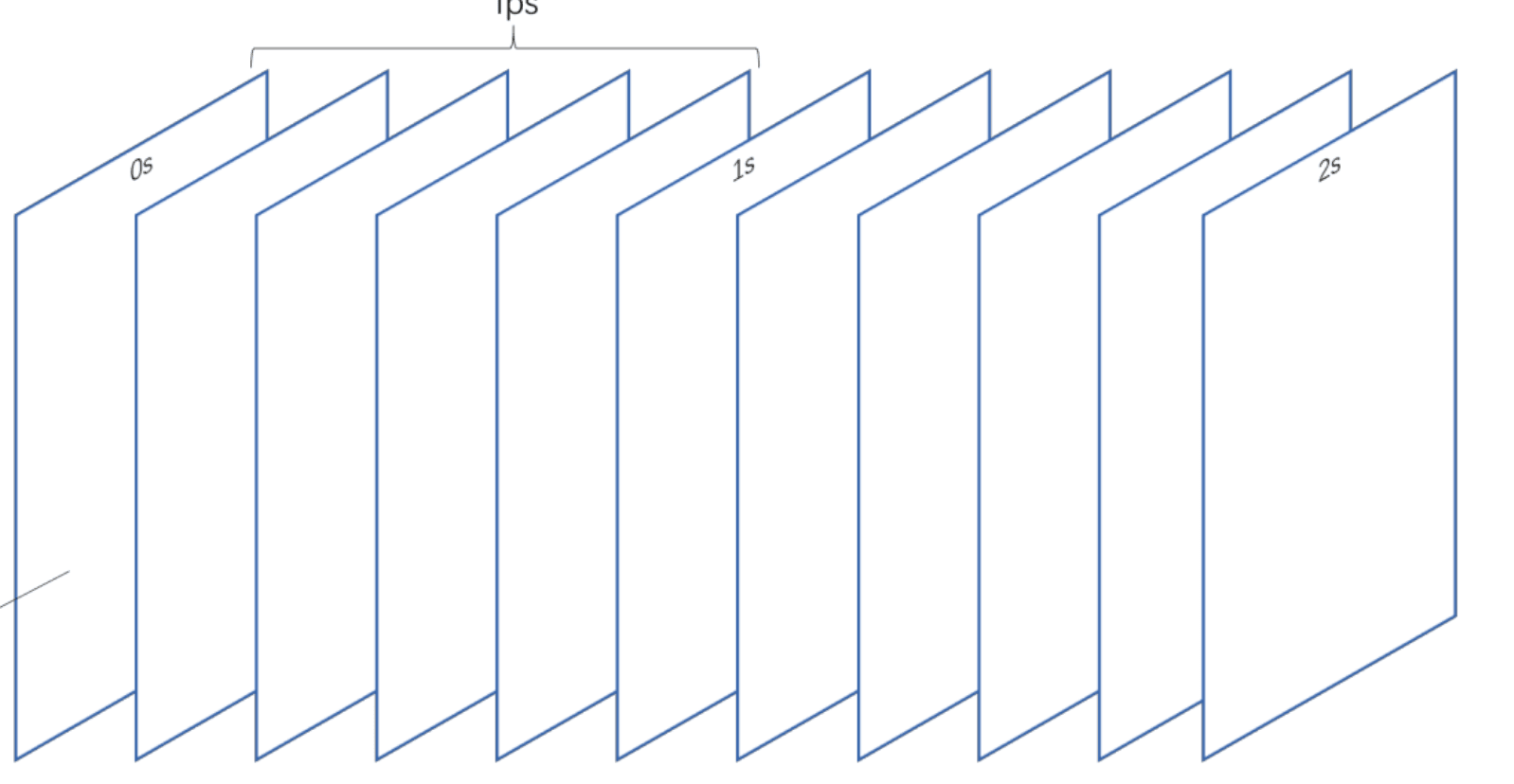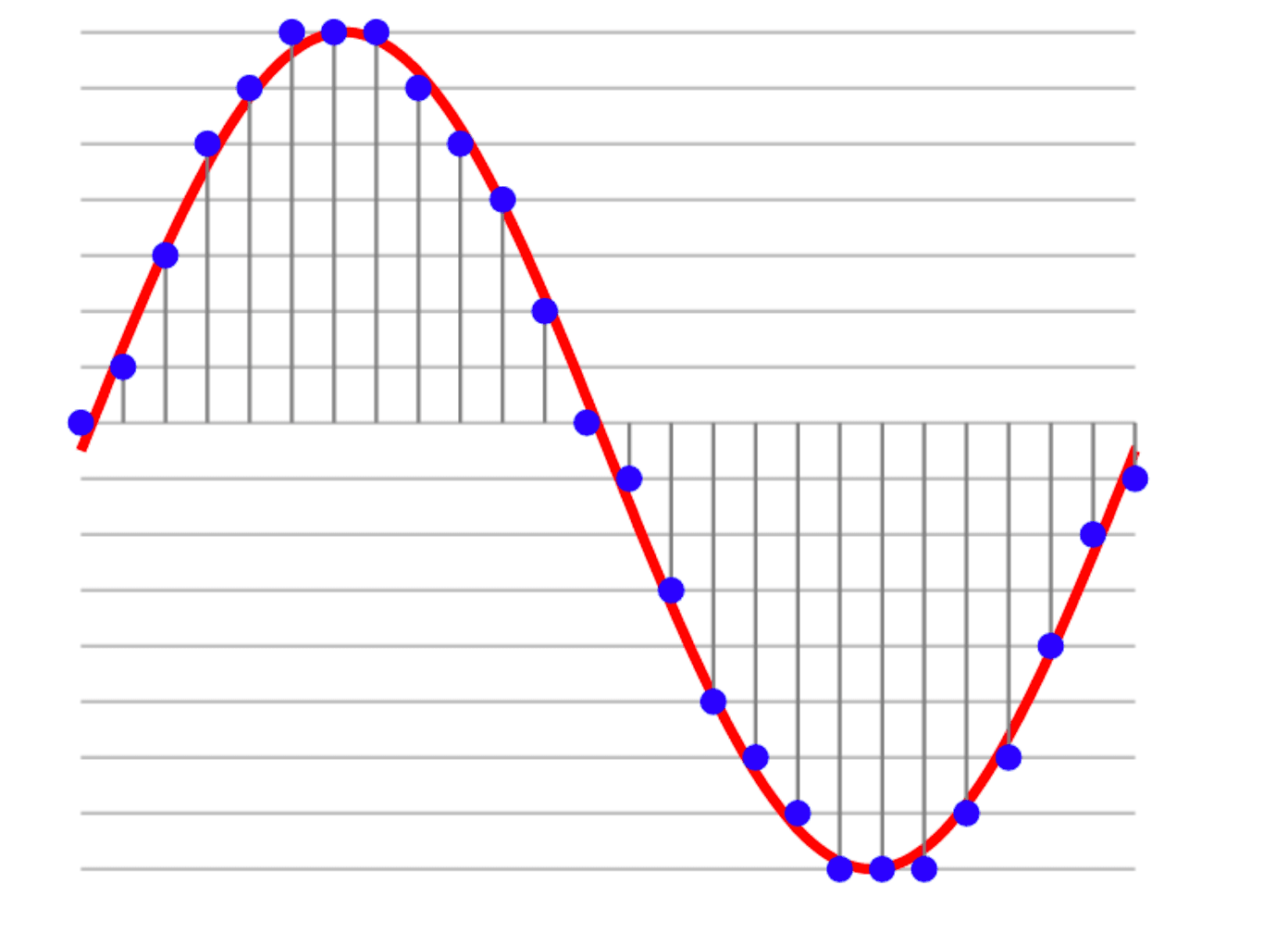In the rapidly evolving landscape of Over-the-Top (OTT) and Real-Time Communication (RTC) technologies, a solid grasp of fundamental video and audio parameters is crucial. These technologies encompass a wide range of complex processes and applications, presenting a significant learning curve. However, the quality of audio and video is immediately perceptible to users, making it a critical aspect of any OTT or RTC system.
While the field of audio-video technology is vast and intricate, this blog post aims to introduce you to the essential parameters that form the foundation of OTT and RTC systems. We'll focus on the core concepts from a data perspective, examining how images and sound are processed and transmitted.
Fundamental Audio-Video Parameters
Before delving into more advanced technical concepts, let's familiarize ourselves with some basic parameters that are crucial in OTT and RTC technologies.
Video Parameters
Bit Rate
Bit rate, also known as data rate, is measured in bits per second (bps). It represents the amount of data processed per unit of time. Due to the large volumes of data in audio-video applications, we often use kilobits per second (kbps) or megabits per second (Mbps).
It's important to note the distinction between bits (b) and bytes (B). One byte equals 8 bits, so when converting between bit rates (bps) and transfer rates (B/s), remember that 1 B/s = 8 bps.
Resolution
Resolution refers to the dimensions of the video frame, typically expressed as "width × height" in pixels. Common examples include 640×480 or 1280×720. While resolution doesn't directly correlate with image clarity, it plays a significant role in perceived quality. Generally, at a fixed bit rate, larger resolutions may appear less clear, while at a fixed resolution, higher bit rates typically result in clearer images.
For standardization and compatibility, the industry typically uses specific resolution standards. Here are some common ones:
| Standard | Resolution | Aspect Ratio |
| QCIF | 176×144 | 1.22:1 |
| CIF | 352×288 | 1.22:1 |
| VGA | 640×480 | 4:3 |
| HD | 1280×720 | 16:9 |
| Full HD | 1920×1080 | 16:9 |
| 4K Ultra HD | 3840×2160 | 16:9 |
Frame Rate
Frame rate refers to the number of individual frames displayed per second, measured in frames per second (fps). Higher frame rates generally result in smoother motion. When the frame rate drops below 10 fps, the human eye can typically perceive individual frame changes, resulting in a stuttering effect.

Audio Parameters
Sample Rate
Sample rate, measured in Hertz (Hz), indicates the number of audio samples taken per second. A common sample rate in professional audio is 48,000 Hz, meaning 48,000 samples are taken each second.

Bit Depth
Bit depth, also known as sample size, refers to the number of bits used to represent each audio sample. Common bit depths are 8-bit and 16-bit. Higher bit depths allow for more accurate representation of the audio signal but require more data.
Channel Count
Audio channels represent independent audio signals within a sound recording. Mono audio has one channel, while stereo (or dual-channel) audio has two independent channels. More complex audio setups, such as surround sound, use additional channels to create immersive audio experiences.
Conclusion
Understanding these fundamental parameters is crucial for anyone working with OTT and RTC technologies. They form the building blocks upon which more complex concepts are built and play a significant role in determining the quality and efficiency of audio-video transmission and playback.
As we continue to explore OTT and RTC technologies, keep these parameters in mind. They will help you make informed decisions about video and audio quality, data usage, and system requirements in your projects. In future posts, we'll delve deeper into how these parameters interact and influence the overall performance of OTT and RTC systems.